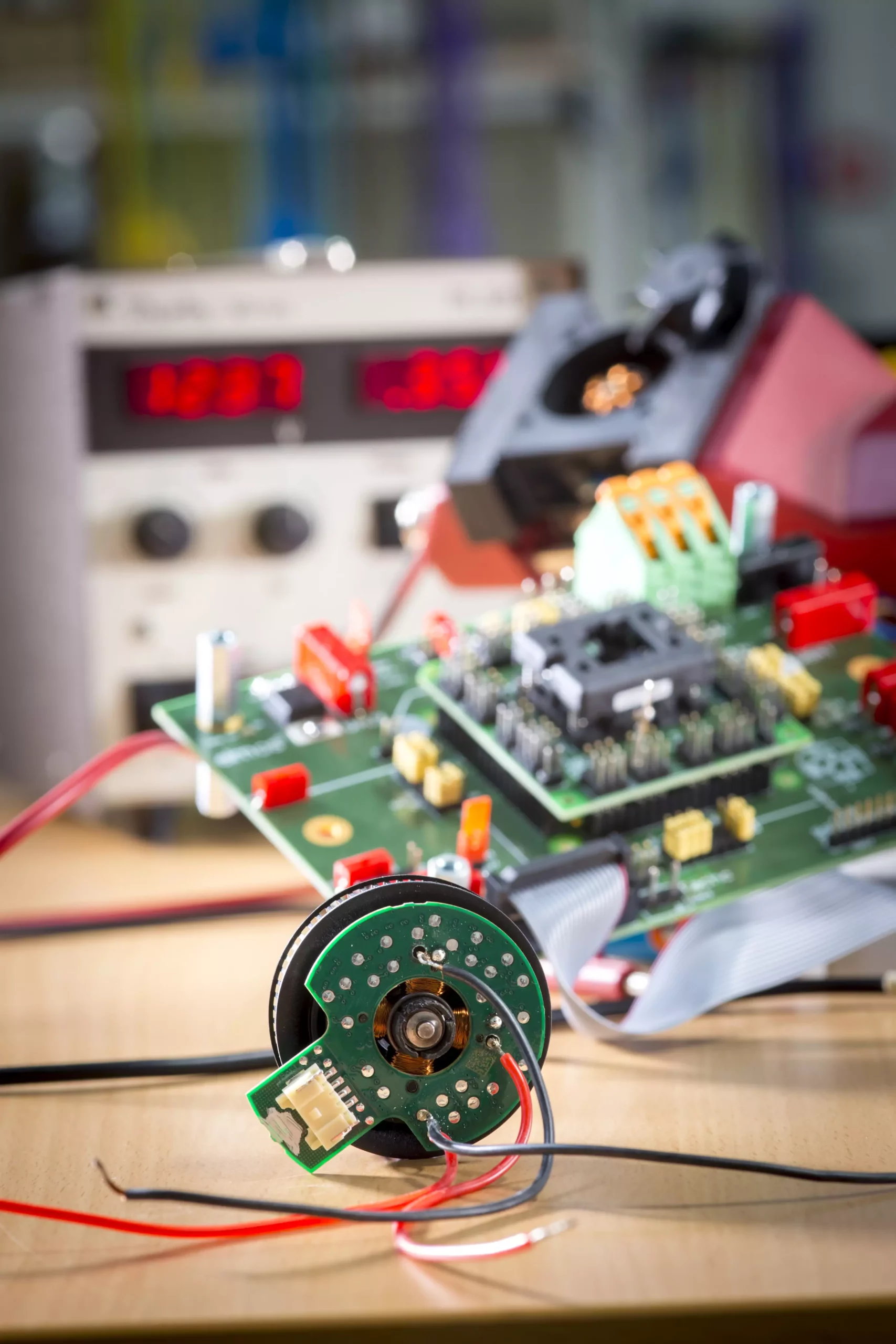In an age where energy efficiency is paramount, small electric motors play a crucial role in numerous aspects of modern life—from the household appliances that make everyday tasks easier to advanced technological applications in vehicles. These compact motors are often found inside tools, computers, and most notably, in modern automobiles where they power auxiliary mechanisms like pumps and fans. While each individual motor may have a negligible energy footprint, the cumulative energy savings from optimizing these devices offers substantial potential for improving overall efficiency in both residential and industrial settings.
At Graz University of Technology (TU Graz), a research initiative known as the “CD Laboratory for Brushless Drives for Pump and Fan Applications,” led by the expert Annette Mütze, has been working to unlock this potential. The team’s efforts have led to remarkable advancements in the design and functioning of brushless integrated electric drives. By using innovative designs, refined control technologies, and new manufacturing methods, these newly developed motors cater to needs for reduced energy consumption, quieter operations, and lightweight structures.
Understanding Cogging Torque and Its Resolution
One significant area of improvement has been the reduction of cogging torque, a common source of vibrations and noise that can detract from the operational efficiency of small electric motors. Mütze’s research team utilized a strategic approach by skewing and slotting the claws of smaller claw pole motors. This adjustment minimizes the painful jolt that occurs as the motor turns, effectively mitigating vibrations that contribute to noise pollution. With this breakthrough, the team achieved a staggering 70% reduction in noise levels, allowing for an enhanced user experience where motors run more smoothly and discreetly.
Moreover, the team’s findings highlight an innovative method to streamline current regulation. Traditionally, motors utilize pulse width modulation (PWM) to manage current levels, a process that, despite its effectiveness, can lead to excessive energy use due to the high frequency of required switching actions. In stark contrast, Mütze’s team has implemented a technique in which the motors are switched on and off only once to achieve the desired current shape. This method significantly reduces the energy lost during switching processes, thereby improving the overall efficiency of the motors, particularly at low currents. As a result, the reliance on fewer components—namely half the number of capacitors—translates to lower manufacturing costs as well.
An additional leap in performance can be observed through the introduction of printed circuit board (PCB) motors featuring ferrite cores. This unique integration allows the windings that generate the required magnetic field to be etched directly onto circuit boards, facilitating a largely automated production process that dramatically reduces labor costs. Mütze’s team has taken it a step further by incorporating 3D-printed ferrite cores into the design. This innovation not only enhances the guidance of magnetic flux within the motor but also enables manufacturers to utilize more cost-effective magnet materials, yielding a more economical solution overall.
The Future of Sustainable Motor Technology
The advancements being spearheaded by Annette Mütze and her research team at TU Graz signal a significant shortcut toward addressing the pressing challenges of energy efficiency. As small electric motors become increasingly ubiquitous in everyday applications, methods that focus on reducing energy consumption, noise, and production costs will be critical for future technological innovations. Embracing these new designs and manufacturing techniques may ultimately pave the way for a new generation of more efficient, quieter, and highly sustainable electric motors, playing a vital role in both environmental preservation and economic viability in various sectors. The strides achieved in this research not only set a benchmark for future enhancements but also ignite the potential for a more energy-conscious approach to everyday machinery and appliances.


Leave a Reply